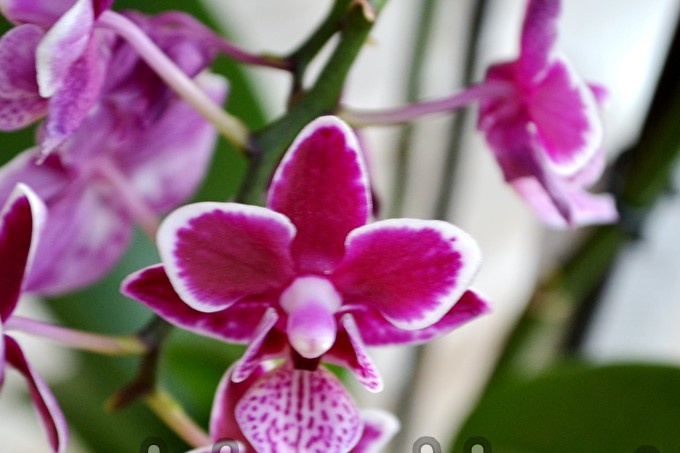 Orchid is resistant to diseases and pests. However, some ailments still damage plants. And you need to know how to check orchids for diseases: negative factors and diseases. We check the condition of the leaves, according to them you can judge the health of the flowers.
Orchid is resistant to diseases and pests. However, some ailments still damage plants. And you need to know how to check orchids for diseases: negative factors and diseases. We check the condition of the leaves, according to them you can judge the health of the flowers.
Healthy orchids have bright, strong leaves. In damaged specimens, the leaf plates are dry, with a coating. At the first sign of malaise, the flowers should be immediately saved. Otherwise, the plants may die.
Content
How to determine that an orchid is sick?
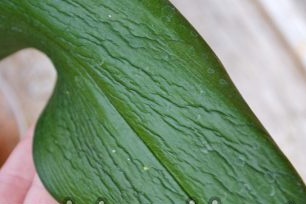 Healthy leaves of bright green color are a sign that the orchid is developing normally. Problem leaves are visible immediately. Most often, they become lethargic and begin to turn yellow. In addition, leaf plates shrink and lose their appeal.
Healthy leaves of bright green color are a sign that the orchid is developing normally. Problem leaves are visible immediately. Most often, they become lethargic and begin to turn yellow. In addition, leaf plates shrink and lose their appeal.
 It is important to know that once a year the lower leaves of an orchid fall. This process is natural, so do not be scared.
It is important to know that once a year the lower leaves of an orchid fall. This process is natural, so do not be scared.
How to determine the cause of the disease?
Orchid problems most often occur due to improper care. To determine what the flower is missing, you need to find out about the optimal conditions for growing plants.
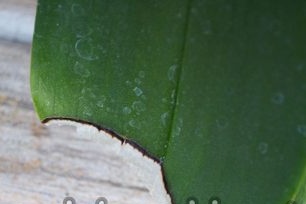 Orchid responds positively to ambient light. Direct sunlight can damage plants, resulting in burns on the leaves. Do not place a container with a flower in dark places. Leaves will become limp and fragile.
Orchid responds positively to ambient light. Direct sunlight can damage plants, resulting in burns on the leaves. Do not place a container with a flower in dark places. Leaves will become limp and fragile.
Improper watering can also have a detrimental effect on the orchid. Water the plants once a week. In winter, the amount of watering should be reduced. Now you know how to test orchids for diseases: negative factors and diseases. But you also need knowledge about the treatment of orchid diseases.
Orchid diseases
The plant is rather capricious, many diseases can damage it. The following diseases are the most popular:
Powdery mildew
Fungal disease, the first signs appear on the leaves in the form of a white coating. Over time, the appearance of the flower changes, as a result, it can die.
The main reason for the appearance of powdery mildew is the non-compliance with the conditions of detention. Perhaps the room has a high temperature and humidity.
To protect plants from diseases, they must be sprayed with Fitosporin.
Spotting
As a result of the defeat, the leaf plates become dark in color, ulcers appear on them. Damaged leaves fall over time.
At the first signs of the disease, the leaves must be removed or treated with iodine solution.
Anthracnose
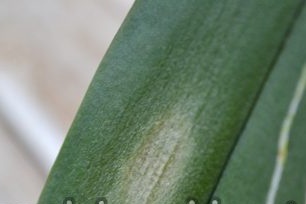 The disease is very common, white spots appear on the leaf plates. Over time, they become black.
The disease is very common, white spots appear on the leaf plates. Over time, they become black.
Rust
Young flowers are especially sensitive, the disease damages them in the first place. Rust develops inside the leaves, gradually moving outward.
To protect plants from an ailment, leaf plates must be treated with alcohol, and the plants should be sprayed with a drug like Skor.
Do not forget that you need to often check orchids for disease, identify negative factors.
Gray rot
Another disease is rot, which appears as spots on the leaves. The main reason for the development of rot is the high humidity.A drug like Kendal can help cope with the disease.
Fusarium rot
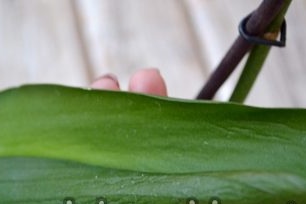 Another common disease that can lead to the death of flowers. The first signs of the disease appear on the leaves. As a result, the leaf plates curl and begin to turn yellow. Fundazole's solution will help protect the flowers.
Another common disease that can lead to the death of flowers. The first signs of the disease appear on the leaves. As a result, the leaf plates curl and begin to turn yellow. Fundazole's solution will help protect the flowers.
Preventive actions
To prevent the disease from making itself felt, it is necessary to take preventive measures. These include the following:
- watering should be regular, but not more than 1 time in 3 days;
- do not forget about spraying;
- daily ventilation of the room will help orchids develop in normal conditions.
 If orchids are properly looked after, checked for diseases on time, and negative factors are identified, then flowers will delight you with magnificent flowering for a long time. This will create a cozy and fragrant corner in the house.
If orchids are properly looked after, checked for diseases on time, and negative factors are identified, then flowers will delight you with magnificent flowering for a long time. This will create a cozy and fragrant corner in the house.

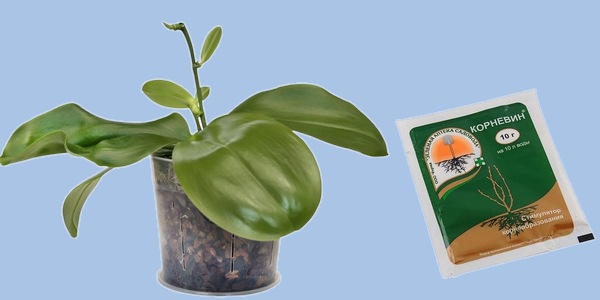
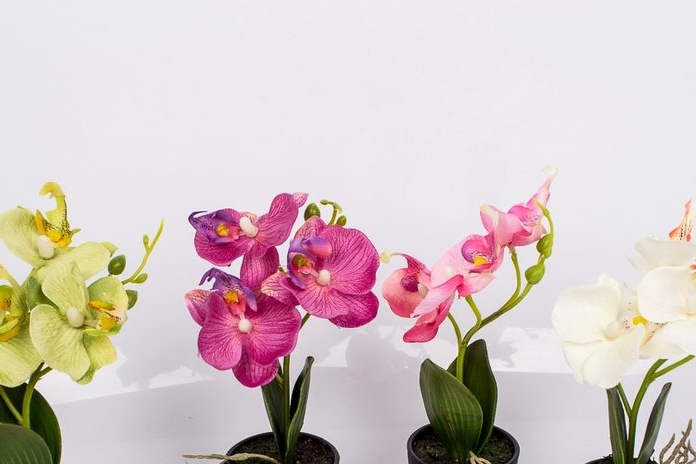
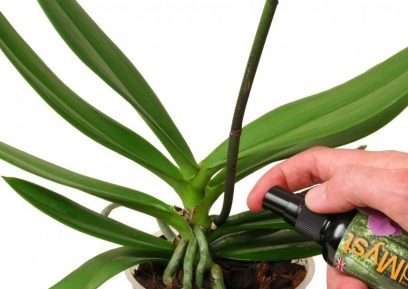
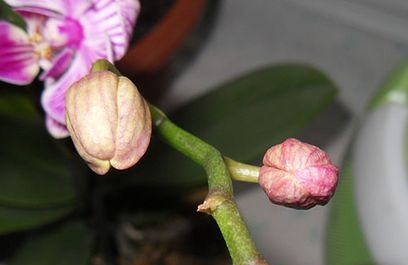 Reasons why orchids fall flowers and what to do
Reasons why orchids fall flowers and what to do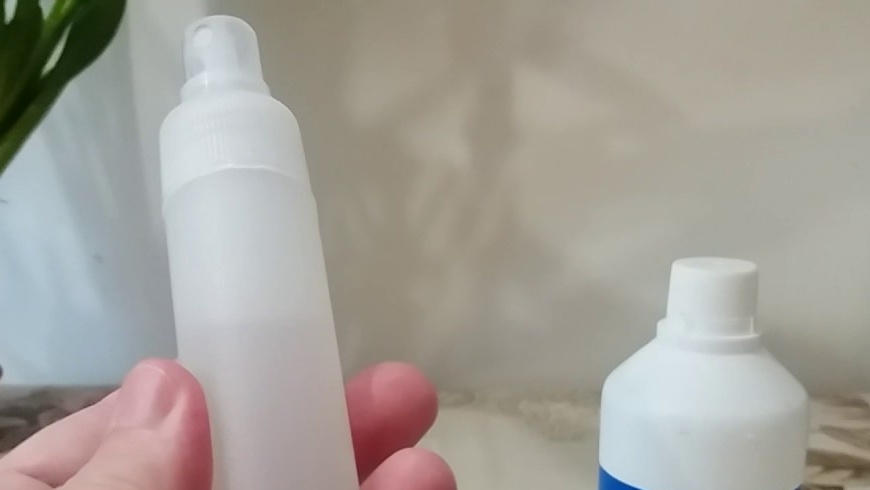 How to use hydrogen peroxide for orchids and why
How to use hydrogen peroxide for orchids and why Midges are wound up in the orchid: effective ways to get rid
Midges are wound up in the orchid: effective ways to get rid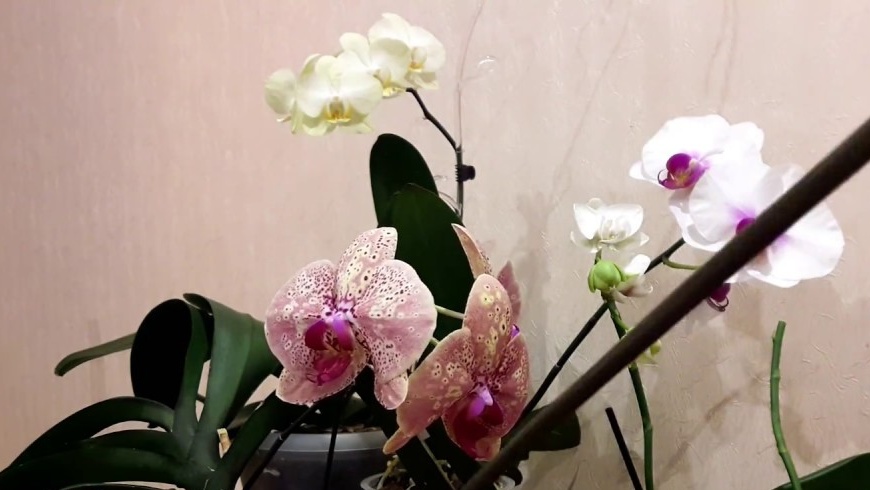 Is it possible to transplant an orchid during flowering
Is it possible to transplant an orchid during flowering